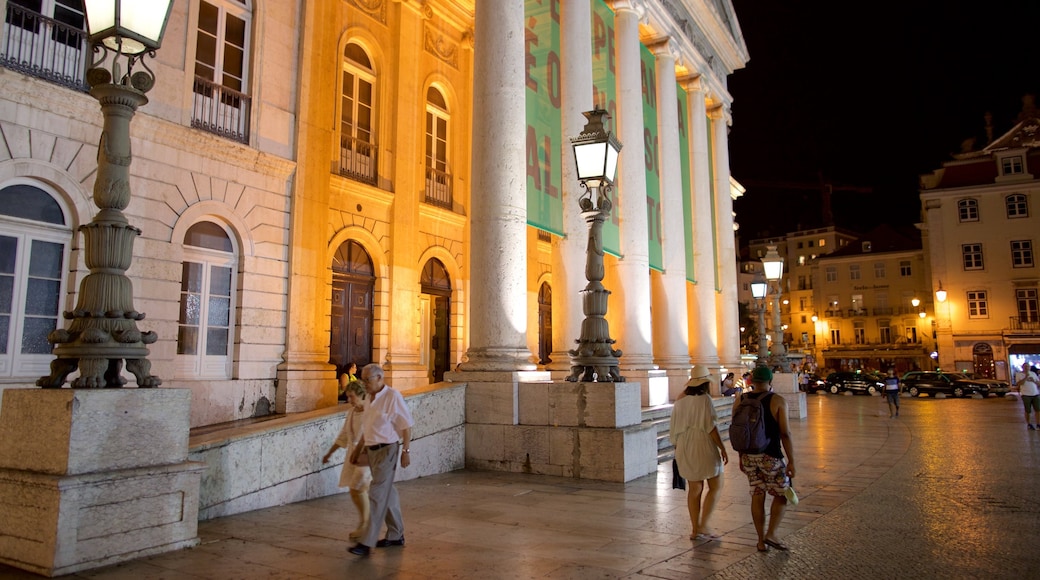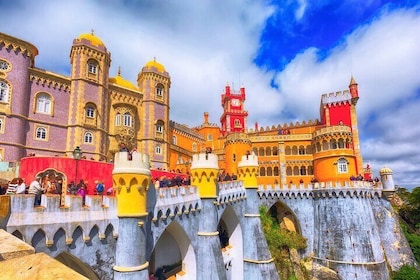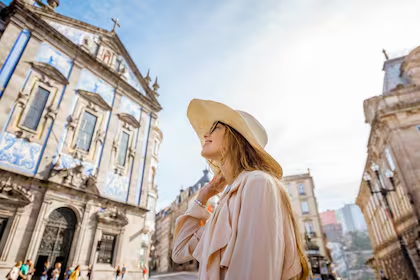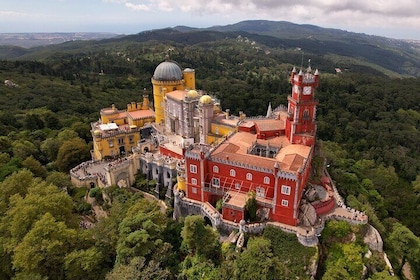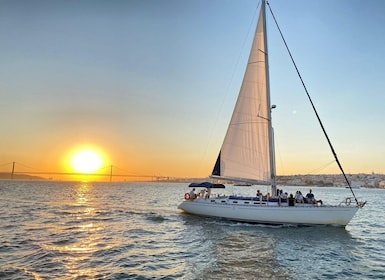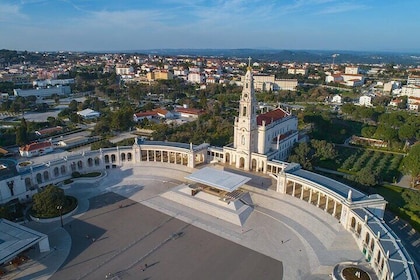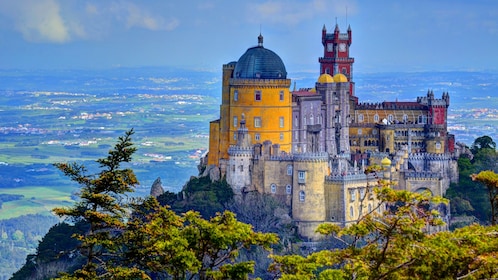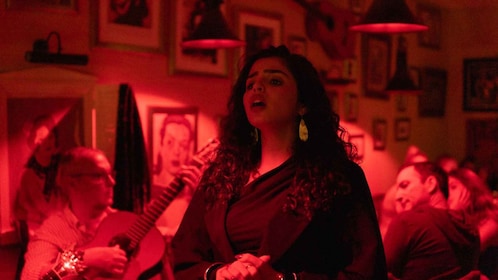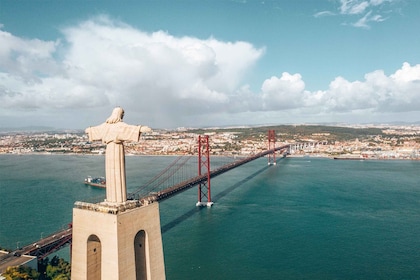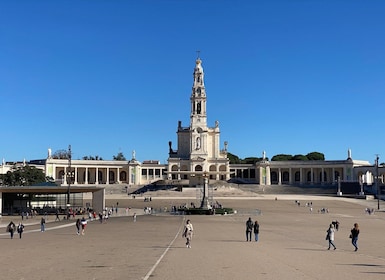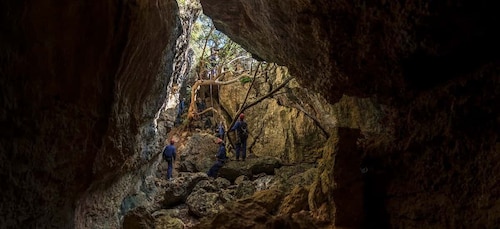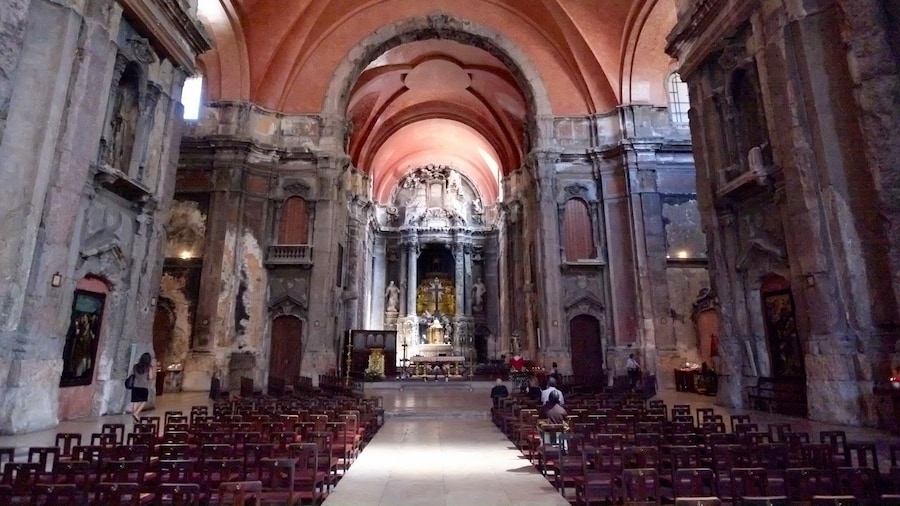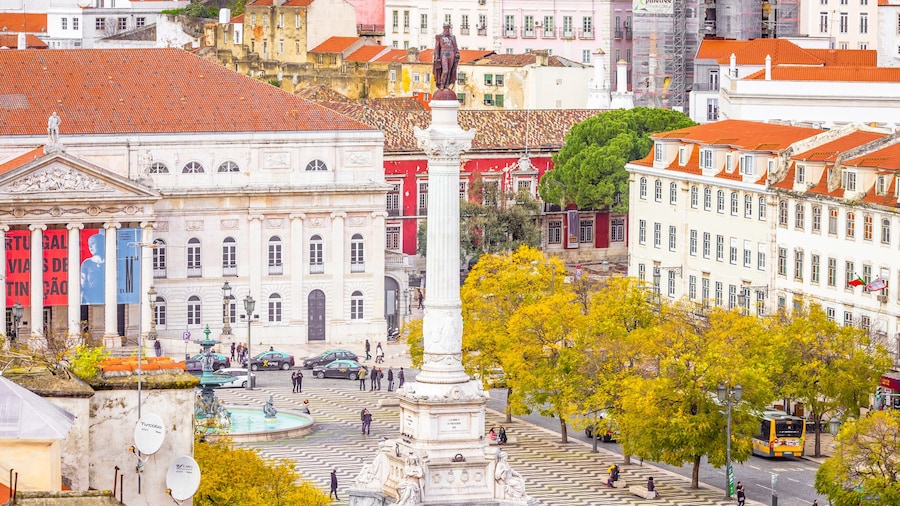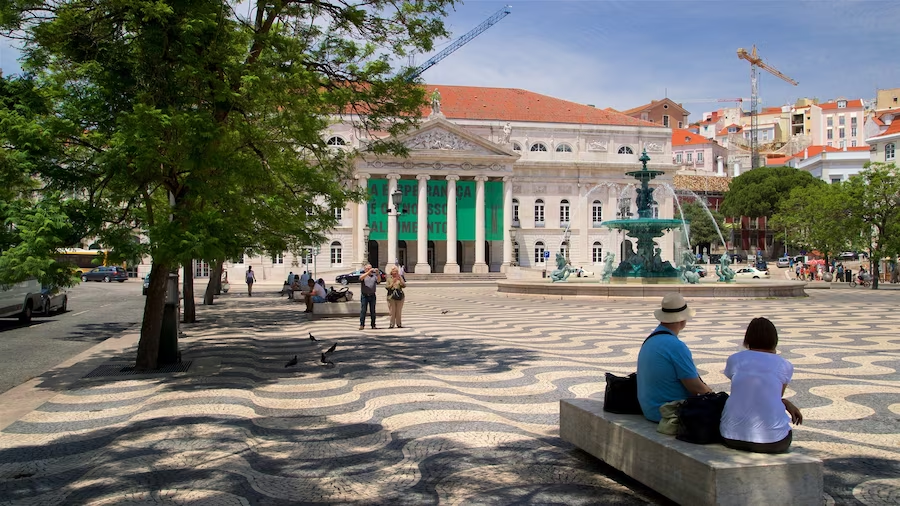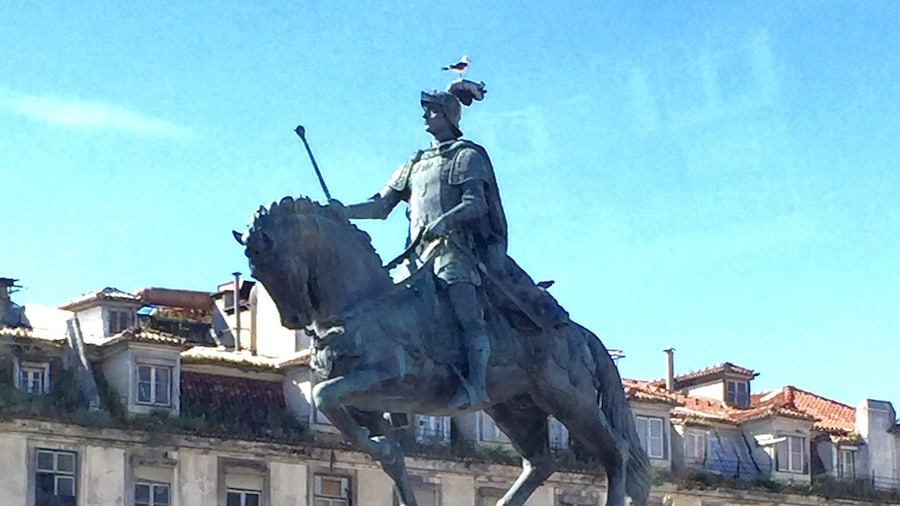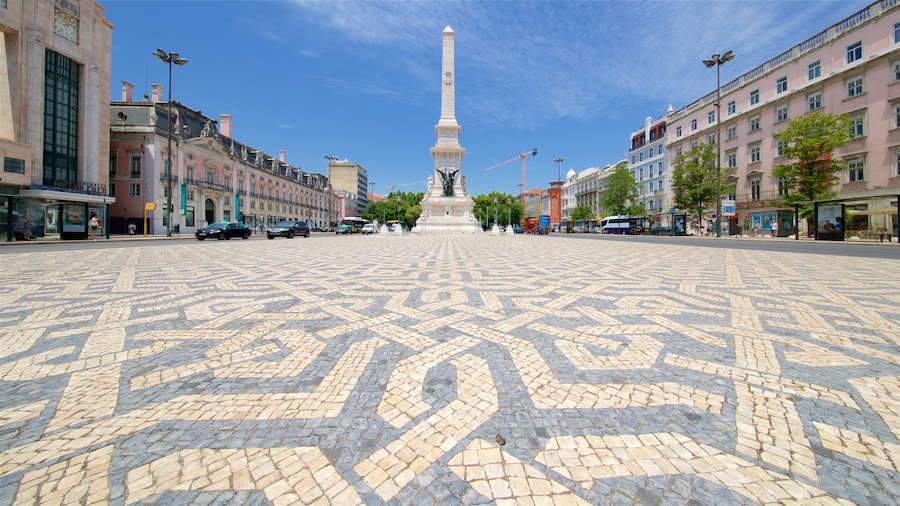This imposing neoclassical theatre is Lisbon’s premier performing arts venue. Learn all about the fascinating, if unfortunate, history of the site.
With its stately colonnaded facade looming large over the square upon which it stands, the National Theatre of D. Maria II is a fittingly splendid venue for one of Portugal’s most prestigious theaters. Buy tickets for a performance or join a guided tour to find out more about the storied past of this venerable venue.
Join a guided tour of the theater to discover more about its history. The present-day building stands on a site once occupied by the Estaus Palace, a royal palace used initially to host visiting dignitaries and later as a base for the Portuguese Inquisition. The theater owes its existence to Queen Maria II, a passionate supporter of the arts, who commissioned its construction. In 1964, the theater building suffered extensive damage during a fire and had to be rebuilt.
From the square outside, admire the stately facade, which features a row of columns at the center. These columns were taken from Lisbon’s St. Francis Convent, which was severely damaged during the 1755 earthquake, and put to use here. Examine the relief on the pediment above the columns. The relief depicts the Greek god Apollo and the muses associated with the creative arts. Above the pediment is a statue of Gil Vicente, a renowned Portuguese playwright.
Sign up for a tour to have a guide show you around the interior of theater. The theater encompasses two performance spaces: the larger Sala Garrett and the smaller Sala Estudio. Tours also include access to behind-the-scenes areas including dressing rooms. Through the tour you will get to view various costumes and props.
Temporary exhibitions are often held in the theater’s foyer. Check to see if any are taking place during your visit. Before leaving, stop by the bookstore to browse publications related to the theater and the dramatic arts.
Find the theater on Praca Dom Pedro IV, a vast square more commonly known simply as Rossio. Guided tours take place daily and a fee applies. Most performances are in Portuguese. Guided tours are available in English.


